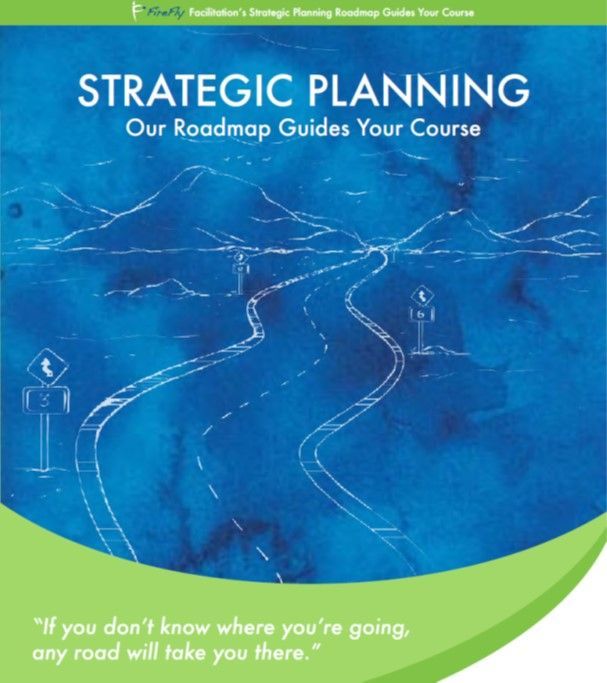How Do You Effectively Communicate Your Strategic Plan?
Creating your Communication Matrix - Who, How, and When
If you thought the hard part was over once you created your strategic plan...think again. As Thomas Edison said: " Vision without execution is hallucination." How do you ensure that everyone is on the same page and pulling in the same direction? Through effective communications.
What should you be communicating about your plan, and to whom, how, and when? To answer these questions, when working with teams, I facilitate the creation of a communication matrix that captures all of this information in one easy document:
- Column One: List all of the various audiences with whom your team must communicate.
- Column Two: List each of the key messages and the purpose of the communication for each audience —to inform, to engage, to implement some aspect of the plan, to influence, to solicit funding or other resources, to gain their input, and so on.
- Column Three : Here, you want to list the top vehicles of communication for each audience —those that are most impactful for each audience and message. Be sure to include both one-way and two-way communication methods , and see if you can locate any internal surveys that might have been conducted that show how people in your organization value these different methods. This information can be very helpful in the planning phase.
- Column Four : Decide on the timing for each communication vehicle for each audience. Remember: you can ’t just say it once in one format and think that everyone will get the message the first time out. If you truly must get everyone on the same page, then you will likely need to communicate the same message at least three different times in three different formats over an extended period of time for people to take seriously any shift in direction or focus.
- Column Five : This column captures the person or people accountable for each of these messages , and who needs to approve, provide input, or respond to the drafts before sending them out.
If your strategic plan was created by a leadership team, but needs to be executed by a much larger team of people who were not present during its original creation, then you must develop an approach to share and gain the executors’ input on the strategic mission, vision, priorities and dashboard. In fact, you might not even want to determine the milestones and create the timeline in the small leadership session. Instead, bring the team together to gain buy-in and/or create the above strategic plan elements, reality test them, identify key challenges, and engage everyone in solving them. This is true, two-way communication, and it is vital to helping everyone connect the dots between what they do on a daily basis and how that activity contributes to the overall success of the organization—in other words, that what they do really matters.
In his book The Three Signs of a Miserable Job , Patrick Lencioni makes a very strong case that employees who don’t know how their work impacts the lives of others will experience irrelevance, and will not be fulfilled in their jobs. Similarly, everyone coming out of this session should have a clear line of sight into at least one metric to which they can directly contribute. This information will then allow them to take it all the way down to determining their individual objectives and setting budgets. All that’s left now is to follow up, celebrate successes, and course correct…which will be discussed in the next post!






